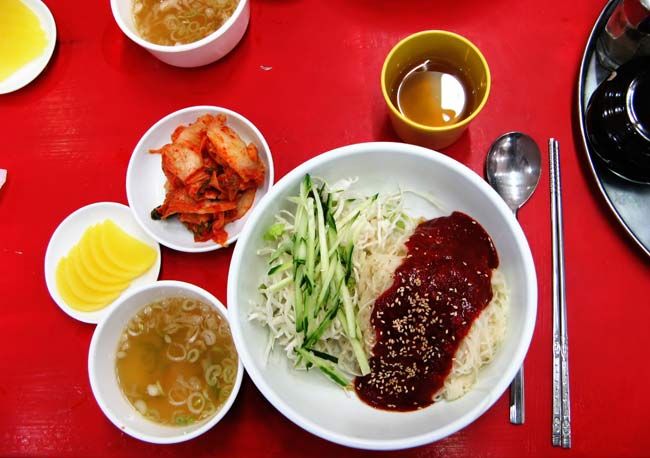Cell Phones Can Watch What You Eat

Talk about watching what you eat. Dieters will soon be able to send a cell-phone camera photo of their meals to a computer that will accurately gauge what's on their plates and then send back feedback. The project could work for folks who subscribe to online sites, such as myfoodphone.com, which monitor eating habits by analyzing and critiquing meals via photos sent in by users. The trouble is that human dieticians who currently evaluate such images often fail to correctly identify food, misjudging portion sizes and confusing "good" tea for "bad" soda pop and so forth, said Carol Boushey of Purdue University's Department of Foods and Nutrition. Boushey and her colleagues are embarking on a project funded by the National Institutes of Health to fix this by deleting the "human monitors" from the equation. They are designing computer software that could better evaluate the portion sizes and nutritional content of food photographed by cell-phone cameras. “There is plenty of work for us to do," Boushey said. "It's going to be difficult to tell the difference between, say, lamb and a pork chop. There's the difficulty of discerning between three cups and one cup in a photo." Evaluating food intake without the hassle of keeping diet journals could help Americans improve their health, she said. "We want to take away all the burden and see if we can mechanize as much of it as possible, because that would mean more people could use the tools," Boushey said. Boushey will provide the nutritional information that will form the basis of the software's food evaluations and help determine possible health impacts associated with foods. Purdue colleagues Edward Delp and David Ebert will create a reliable method to estimate portion sizes in the photos. And Kyle Lutes, also of Purdue, will design the programming. The "digitized dietician" would get rid of the human error that is a problem for the meal portraits approach to dieting, Boushey said. For now, an Australian researcher's observations of efforts to train human dieticians to estimate serving sizes from pictures show it takes a lot of work, Boushey said. "They can do that, but it takes training," Boushey told LiveScience. "It's not something that someone can naturally pick up, including registered dieticians who are the best trained in this area." Boushey admitted even her "eyeball estimates" were sometimes way off. Many people remain confused about what foods are healthy, she said. "We want to offer good advice to the public so they can stop throwing up their hands and saying, 'I'm going to eat whatever I want.'"
Sign up for the Live Science daily newsletter now
Get the world’s most fascinating discoveries delivered straight to your inbox.
Robin Lloyd was a senior editor at Space.com and Live Science from 2007 to 2009. She holds a B.A. degree in sociology from Smith College and a Ph.D. and M.A. degree in sociology from the University of California at Santa Barbara. She is currently a freelance science writer based in New York City and a contributing editor at Scientific American, as well as an adjunct professor at New York University's Science, Health and Environmental Reporting Program.












